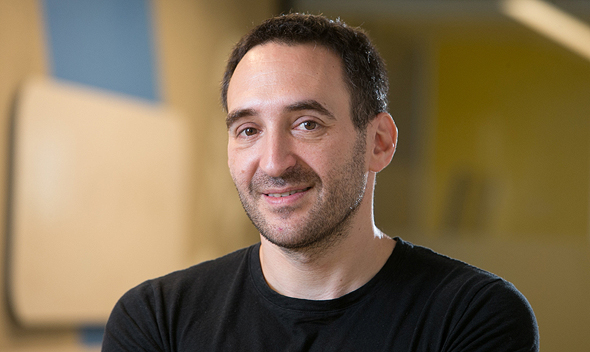
Round B
Startup founders beware: There is such a thing as raising too much money
Shaul Olmert shares his take on how to choose a long-term backer and his strategy for raising capital
Shaul Olmert | 16:27, 30.11.20
“There is only one reason that companies fail,” a senior VC investor in tech once told me, “they simply run out of money.” He’s right. There may be any number of reasons for a company to reach that stage, but the bottom line is always the same — a company shuts down when it becomes insolvent or as a preventative measure before getting there. With this in mind, it is easy to relate to the common cliche among entrepreneurs about raising capital — “You raise money when you can and not when you need to.” And that’s true too. As a founder, you don’t want to be raising capital when the potential investor knows that you’re desperate and will have to agree to pretty much any condition you are offered. You want to come to it from a position of strength when you have the cash reserves that provide you with time to negotiate and improve the investment terms.
For that reason, entrepreneurs will often be inclined to raise as large a sum as they can and at the best possible conditions (meaning to give up the least amount of shares) and from whoever offers them the most attractive offer in terms of the ratio between the money invested and the valuation the round reflects. In my experience, that inclination often leads founders to choose the wrong investor and raise money based on terms that initially appear attractive but end up causing a lot of harm to the company, and, you may be surprised to hear, there is definitely such a thing as raising too much money.
It’s true, that at a time when many companies are downscaling, closing down, or being sold for well below their anticipated price due to the global financial crisis, it is hard to grasp that there could be such a thing as having too much cash on hand. Any of those companies, in retrospect, would have likely been happy to have raised more money when the market was better and avoided their current circumstances. But I have encountered more than one or two companies that even in these challenging economic times, raised more money than they planned to spend and got “stuck” with surplus cash. Why is that a bad thing? Because there is only one thing that’s worse than running a company with too little money and that’s running one with too much. Having a cash reserve to cushion you in uncertain times, is great, but experience shows that the money you raised won’t stay in the bank for long. You will find yourself spending more than was budgeted, compromising in negotiations, and witnessing the startup’s cultural organization adopt behavior patterns of plenty instead of saving where possible.
So what is the correct amount to raise? In general, the company requires an operative plan that determines the budget it requires in order to reach the next funding round. Add on to that a security buffer of 20% if you’re conservative or 40%, or even slightly more, if you’re generous. Anything more than that is no longer reasonable, even if an investor is offering it.
In the same vein, many entrepreneurs strive to raise capital according to as high a valuation as possible, in order to surrender as little as possible of the shares. It stands to reason. After all, in every transaction, we strive to pay as little as possible and receive as much as possible in return. The problem is that the share price has to reflect a real value, in existing market conditions and not a “bonanza” for the founders or a “bloodbath” for the investor. An unreasonable price is the result of one of the sides taking advantage of a temporary weakness, for example a period of high demand, which enables a founder to “extort” an unrealistically high price from the investor, or a period of low demand, which allows the investor to issue an offer that would be unprofitable for the entrepreneur, but due to the circumstances they’d have to accept it. On the surface, one of the sides will come out of the deal with the upper hand. However, since once the agreement is signed both parties are on the same side and have a shared goal of increasing the company’s value, the unreasonable price determined in the financing negotiations may return to haunt the party that felt they had made the deal of a lifetime. From the entrepreneurs’ point of view, if they were able to raise at an unreasonably high price relative to market norms, they will likely be forced to raise their next round at a significantly lower price, so that in the final balance of the two rounds, they end up giving up a higher portion of the shares. A downround is a pretty traumatic event that carries substantial fallout and usually is accompanied by painful remedies such as devaluing employee options, and retroactive corrections to previous round investors’ share ratios among others.
קראו עוד בכלכליסט
Shaul Olmert is a serial entrepreneur and the co-founder and CEO of mobile app developer Piggy. He formerly founded interactive content company Playbuzz Ltd. You can find his previous columns here
